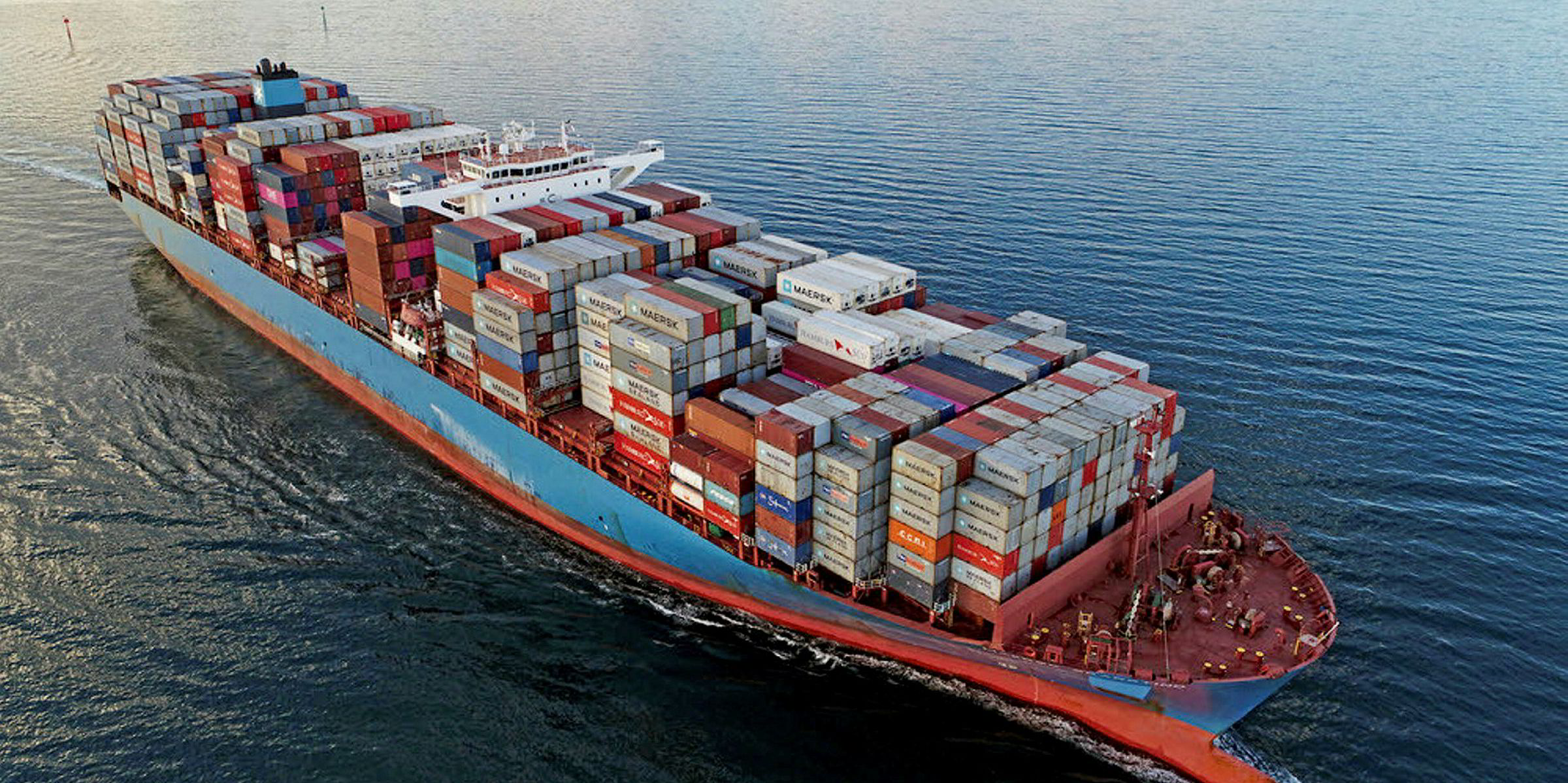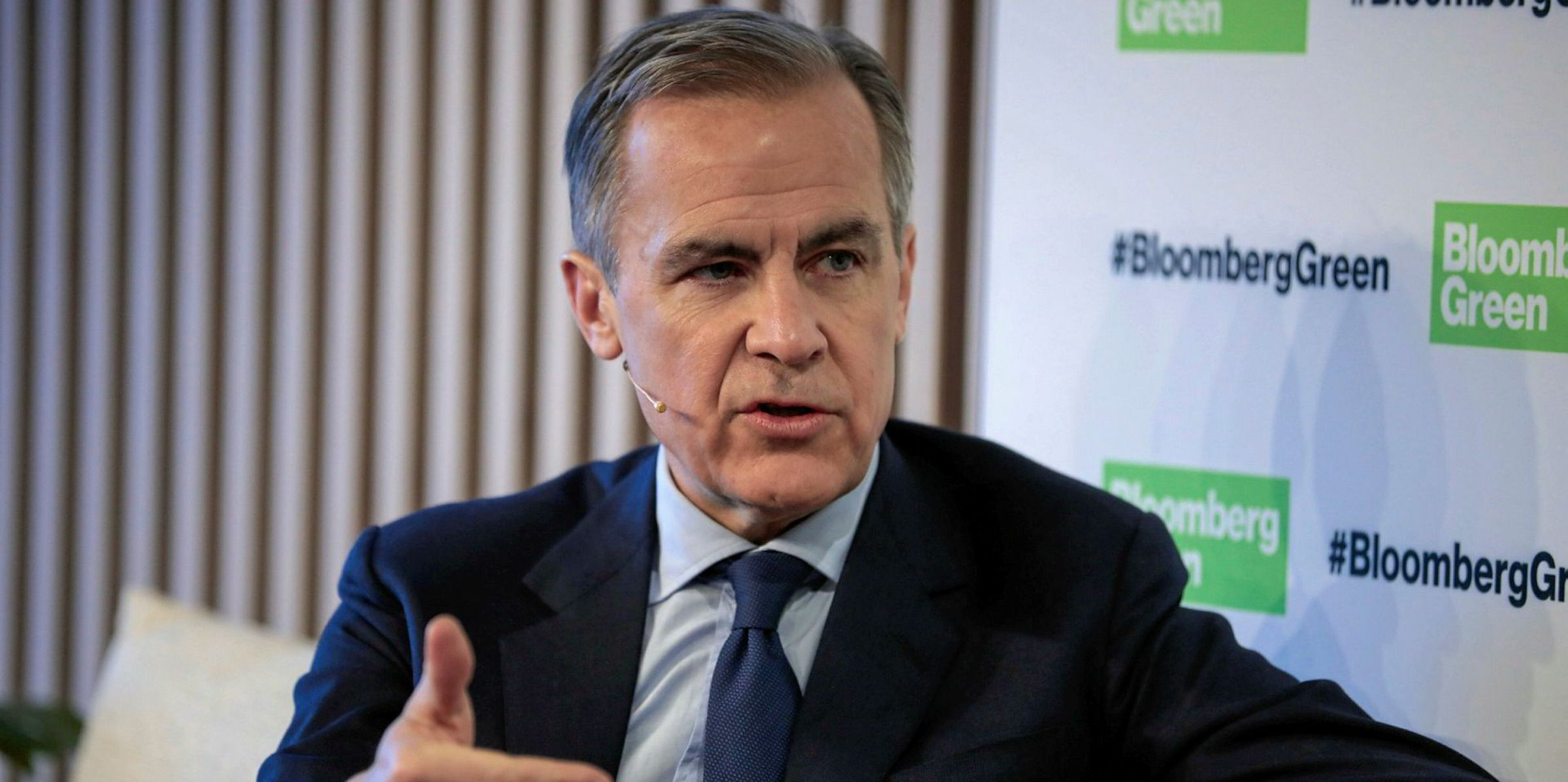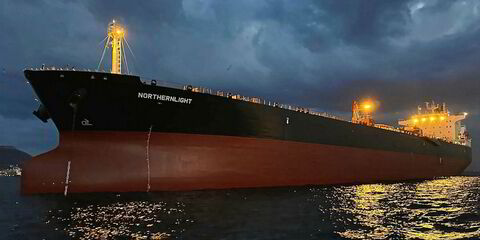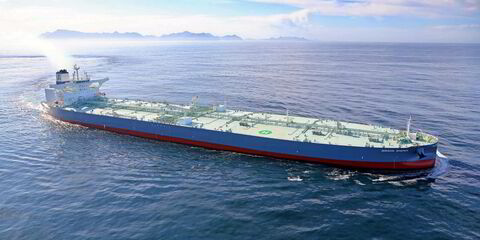New research has claimed nearly all transpacific boxship voyages would still be viable using hydrogen — if owners gave up 5% of their cargo space on vessels to store the green fuel.
The study by the International Council on Clean Transportation (ICCT) was commissioned last year following an international workshop that demonstrated hydrogen fuel cells could be scaled up to power even the largest containerships.
The research examines how the cells could replace fossil fuels on trips between the US and China.
Authors Xiaoli Mao, Dan Rutherford, Liudmila Osipova and Bryan Comer modelled the energy demand and fuel storage space requirements of what is one of the busiest trade lanes in the world.
The headline finding is that 99% of the voyages made along the corridor in 2015 could have been powered by hydrogen with only minor changes to fuel capacity, ie by replacing 5% of cargo space with more hydrogen fuel, or by adding one additional port of call to refuel.
Importantly, a large chunk of the 2015 voyages, about 43%, could have taken place without any such changes.
New technologies needed
"Achieving even the minimum ambition of the International Maritime Organization’s initial greenhouse gas strategy will require new technologies and fuels to power ships, and these results show that the bunkering needs of some of the largest ships in the world can be met with hydrogen with only minor changes to operations," the ICCT said.
"Other potential alternative fuels, including ammonia and methanol, carry more energy per unit volume than hydrogen and thus are promising areas for future research, as are other shipping corridors."
Boxships emitted 208m tonnes of carbon dioxide (CO2) in 2015, about the same amount as Vietnam.
The transpacific corridor saw 24m teu moved across the ocean in 2015, 46% of the world total.
The study said long deep-sea routes are particularly challenging to complete with zero-emission fuels, as these often contain less energy per unit volume than fossil fuels.
Hydrogen has never been used on a large containership.
Infrastructure also vital
While current barriers to its use include limited supply, limited fuelling infrastructure, and higher costs relative to fossil fuels, focused research and development and policy interventions could lower these barriers over time, the research found.
The authors concluded that medium-size vessels are more capable of servicing the corridor when powered by hydrogen.
Units smaller than 3,000 teu and large ones of more than 12,000 teu do not currently have enough space for large enough fuel tanks to complete long-distance legs.
If vessels replaced 2% of cargo space with fuel — about 120 containers for a medium-size ship — 86% of 2015 voyages could have been replicated.
The study also found that of the 304 containerships studied, all but three voyages made by three ships could have been made with just one additional refuelling stop.
Non-stop voyages were obviously harder to accomplish than those with multiple stops.
The report also said that other zero-emission technologies that are considered more challenging for deep-sea applications, notably batteries, could become viable in shorter shipping corridors.
"Zero-emission technologies and bunkering needs assessed at the shipping corridor level could provide confidence for early investors seeking to leverage future economies of scale," the authors wrote.
They admitted their work focused narrowly on the refuelling needs of zero-carbon shipping.
"Other factors, including cost-effectiveness, will play a role in whether new fuels can be successfully used in shipping," they added.






